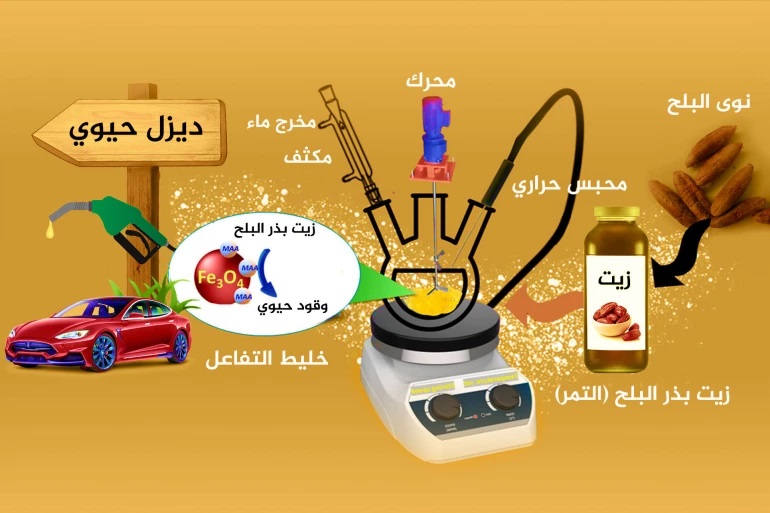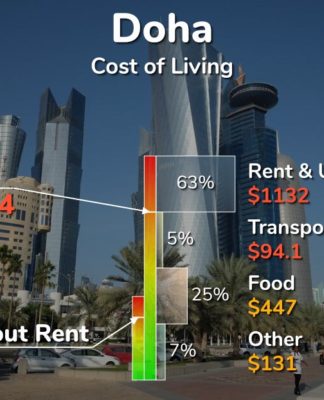Converting the seeds of dates into fuel for cars .. This is not a joke, but rather a result of an international research team, in which the Egyptian Dr. Ahmed Ibrahim, a researcher at Queen’s University in the United Kingdom, participated in a method for producing biodiesel from the waste of date industry.
According to Al-Jazeera Net, the team’s study – which will be published in the journal Renewal Energy, in the June issue of next year – focused on converting the remaining date seed oil as waste from the date industry into biodiesel.
Researchers successfully designed a program to produce and improve biodiesel.
In a question to Al-Jazeera Net via social media about the economic evaluation of producing biodiesel in the new way compared to what is currently available, Dr. Ibrahim stated that “the existing study in the research is technical and environmental, and we are now working on its actual application on the ground.”
The researcher added that the problem facing the production and high cost of biofuels is that the catalyst is very expensive, it is used few times, and then it is replaced.
Commenting on the challenge of declining global interest in the issue of biofuels, at a time when electric cars are invading the world, which are considered an acceptable alternative to overcome the problems of fossil fuels, Dr. Ibrahim stated that “so far, 90% of the production of electricity used in electric cars results from burning coal. Fossil fuels, so the problem is still there. “
He concluded his remarks by saying, “The problem with biofuels now is that the technology used in it is very expensive and therefore has no preference. But the future promises to use it strongly in the event of controlling new and cheap technology … and this is what we are working on now.”
The date nucleus is a solid body that occupies the center of the fruit, and its shape is rectangular, pointed at the ends, brown in color, and has many names that differ in different regions, and the seed represents the uneaten portion, and its percentage ranges between 4 and 20% of the total weight of the fruit according to the variety, and this percentage may be affected by the source of pollen and operations Agricultural.






























